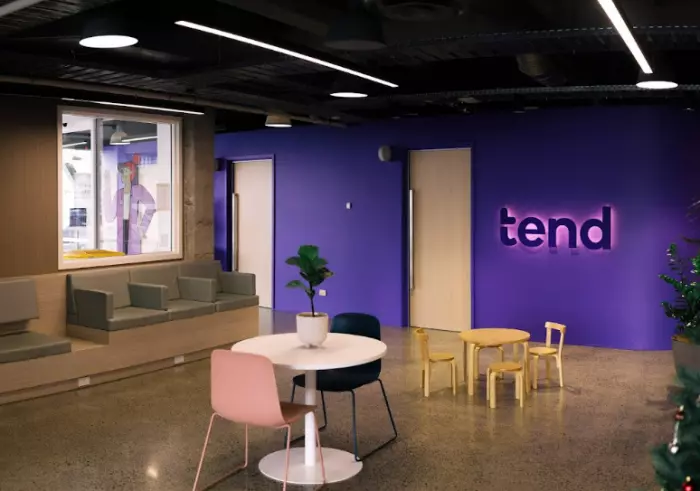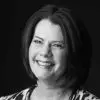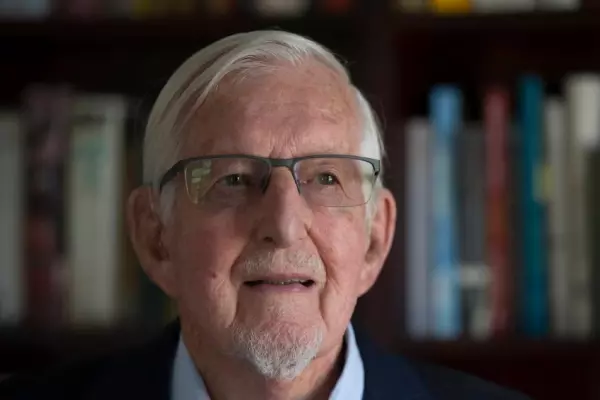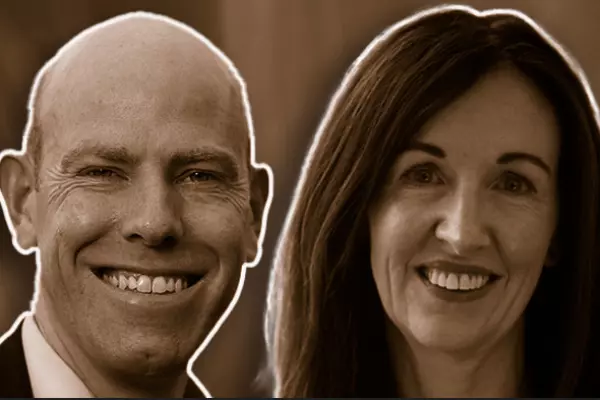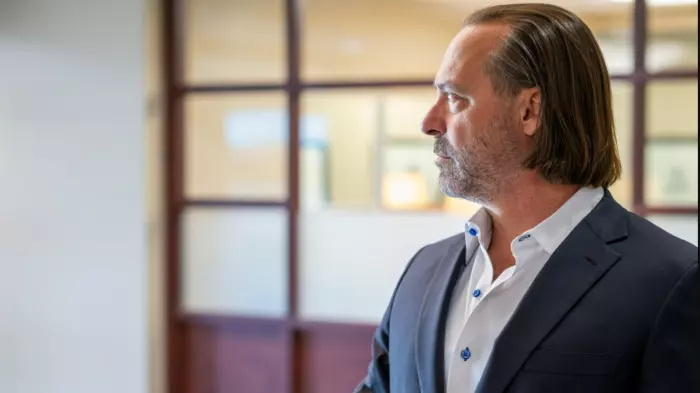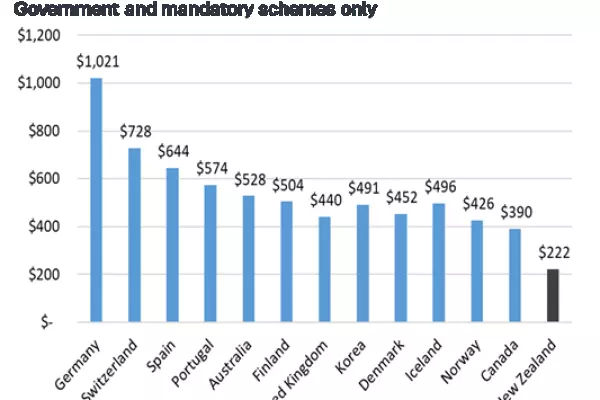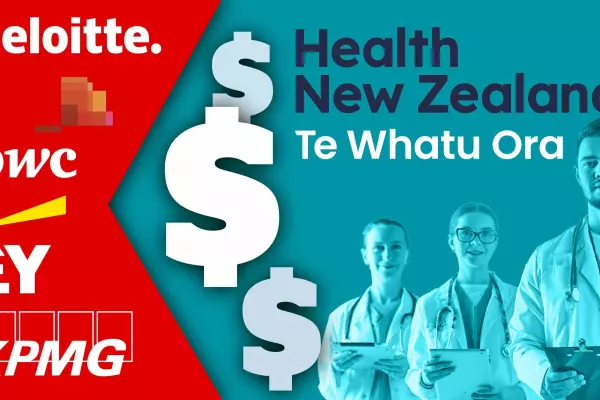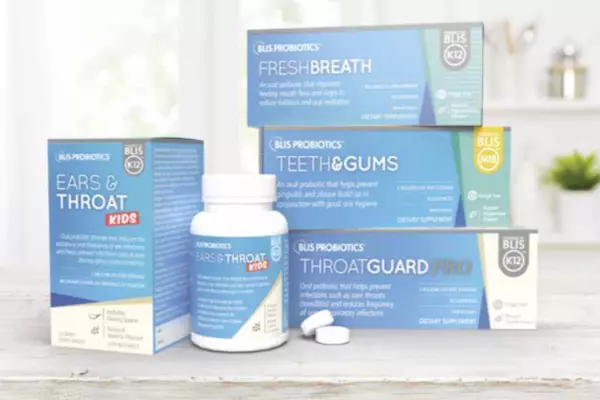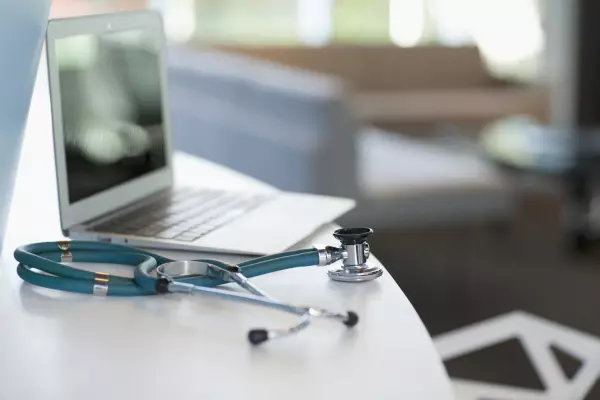It’s 11am on a Wednesday and the waiting room of the new Tend general practice in Kingsland, Auckland, is quiet and empty.
But that’s not a sign this primary care startup is struggling to attract clientele – three doctors are working here this morning, and they’re all with patients. In a four-hour shift, they see 28 patients, and the practice nurse sees nine. Two other GPs are doing remote consultations by computer.
The deserted waiting room is a sign, instead, that the Tend model is changing the way general practice is run: patients are walking in and being seen immediately, not waiting around reading years-old magazines.
The bold, open-plan space, coral and purple paintwork and exposed aircon ducts exude a vibe more similar to an ad agency. The consulting rooms here aren’t numbered one, two, three or four but tahi, rua, toru, whā.
Those are the superficial signs of a much more fundamental difference in approach at Tend, which is using IT and an innovative app to increase and speed up patient access to, and communication with, the primary care team of doctors, nurses, nurse practitioners and clinical pharmacists.
 The brains behind Tend from left to right: Josh Robb, Mataroria Lyndon, Cecilia Robinson and James Robinson.
The brains behind Tend from left to right: Josh Robb, Mataroria Lyndon, Cecilia Robinson and James Robinson. Investing and expanding
The brainchild of entrepreneurs Cecilia and James Robinson, Tend has a high-powered board of directors comprising Theresa Gattung (ex-My Food Bag and Telecom), Marko Bogoievski (ex-Vodafone and Infratil) and Lee Mathias (the founder of Birthcare, former chair of Counties Manukau DHB and current chair of Medicines NZ). Its leadership team includes co-founder and clinical director Dr Mataroria Lyndon, a Fulbright scholar who completed his Master of Public Health at Harvard but is probably best known for his appearances on TVNZ show The Checkup, and PushPay IT whiz and fellow co-founder Josh Robb.
The Robinsons, Gattung and Bogoievski are the major financial backers in Tend, which launched in October 2020, and they haven’t sought outside investment, despite keen interest. Although the Robinsons initially envisaged Tend as a virtual provider, it’s now aggressively acquiring new and existing practices. At the end of November, Cecilia Robinson announced Tend had become a 50% shareholder in South Island-based Better Health, which owns 14 general practices, taking its total ownership to 17 and making it one of the country’s largest primary care providers.
Practices they acquire, which may have been run as owner-operated businesses, are often turned into companies in which GPs are either salaried employees or contractors, which they say encourages staff to work as a team. In some cases, though, GPs will retain ownership shares.
Improving patient outcomes
So, why on earth would this savvy bunch invest so heavily in an area in such crisis, with workforce shortages and underfunding that has GPs nationally crying out for government help? Robinson believes Tend’s approach has a good chance of helping to alleviate the primary care staffing crisis.
“It’s only when you get into the sector and see the administrative burden that you understand why [the crisis exists]. We can improve the working conditions for our clinicians by changing the way they work and the types of things they are expected to do. We’re helping them spend more time with patients and less time on administration by centralising those admin tasks.”
Bogoievski believes there’s a “clear path” to reducing system costs and improving patient outcomes and he’s extended his personal investments to other early-stage health businesses.
“It’s clear that the stakes are much higher in health. Solutions will emerge only when experienced clinicians and health care experts work alongside IT and commercial capability.
“One of the keys here is ensuring that Kiwis have the tools and data they need to proactively manage their own health, which is at the centre of the Tend proposition. Increased funding does not necessarily translate into better health outcomes, and a reset is required.
"From my perspective, the system currently only really works when individual health professionals go to extraordinary lengths to overcome multiple obstacles, and that’s not sustainable.”
'Ubering' health outcomes
Tend’s Kingsland practice occupies space that once housed ride-share app Uber, and Tend chief product officer Robb references that platform when discussing the features of the app, which was designed after extensive customer feedback.
“The overwhelming piece of feedback was the lack of follow-up after medical appointments,” he said. “A lot of people go to the doctor and say there is radio silence afterwards. What we’ve learned over the last three years is that doctors and nurses in primary care do an incredible amount of work that’s hidden from patients.
"It’s not that the work isn’t happening, or the doctor isn’t chasing up a referral or some other investigation or intervention, but you don’t have any line of sight on that.”
Through the app, patients are notified, for example, when the medication they’ve requested has been prescribed and the prescription has been sent to the pharmacy – much like the Uber app will tell you exactly how far away your driver is. They’re also reminded before they need to renew repeat prescriptions and automatically followed up if they fail to respond.
Traditionally, Robb said, healthcare hasn’t had the access to the sort of IT and design expertise behind commercial consumer technology such as Instagram and online banking. “They’re designed by incredibly expensive and talented groups of people, including software engineers and data scientists, to build that experience. But most health technology in New Zealand isn’t built by those kinds of people. They are contractors who are building something for the system, not consumer products.”
Robb’s 15-strong IT team is based at Tend, meaning problems can be worked on immediately after they’re reported.
The app also allows patients to be kept updated if their appointments are running on time, and if they’re not, they can be given the option of switching to another available practitioner. So, how is this possible given the widely reported workforce shortage of GPs and nurses?
GP flexibility
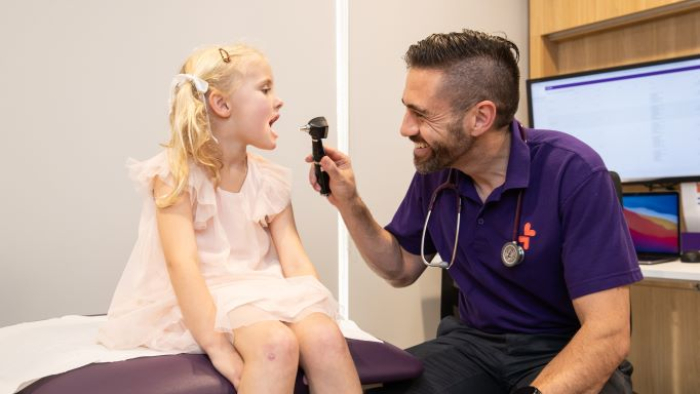
A lot of it comes down to Tend’s ability to offer remote consultations online and after-hours (from 6pm to 9pm). This allows GPs to work from home – or even Australia – and to choose flexible hours, something that’s increasingly important to those juggling child-care obligations. Tend’s chief network officer John Macaskill-Smith, the former CEO of Pinnacle Midlands Health Network, said that’s allowed it to recruit parents who can’t work traditional hours.
“We’ve seen quite a feminisation of the GP workforce and a change in hours, so it now takes about 2.7 GPs to make up a single FTE. Go back a few years and it was much less, with many male GPs working 60-hour weeks, so we do need a working environment that is more flexible to cater for that.” He said one of Tend’s GPs spent part of last winter in Queenstown skiing with her family, while also doing online appointments at times that suited her.
“We needed to be able to do more with less, so leaving a doctor in a room seeing 30 patients a day was unsustainable. We needed to move away from everything having to be in clinic at a face-to-face appointment.”
At Pinnacle, Macaskill-Smith introduced the American-pioneered model Health Care Home, giving patients alternatives to in-person consultations but better access to their doctors and health records and ensuring the sickest patients were prioritised. If patients sought a same-day appointment, they’d get a call back from a doctor who decided if they could be advised by phone, seen less urgently, or by a nurse.
“With triage, we found that in 50% of cases, the matter could be resolved with a quick conversation," Macaskill-Smith said. "At Tend, we’re working on a patient-guided booking process, so they’re offered the right type of care in a range of settings.”
Team-based approach
When patients book an appointment through the Tend app, they can add details of what they want to speak to a doctor or nurse about.
“In normal bookings, there are no questions asked, so when you see the doctor, you spend a lot of time reconnecting and then trying to find out what the problem is," Macaskill-Smith said. "Sometimes it’s a shopping list; sometimes one issue.”
The team-based approach at Tend means patients can choose to see their regular GP or another doctor who might have slightly different expertise, for example with mental health or child health.
“Continuity of care is really important for some things but not for others. For people with long-term, complex health needs, for those with social care needs intertwined with health needs and for intergenerational family things, yes, it is important. But if you break your leg or have a UTI [urinary tract infection] or something else that’s simple, we can clog our health system up by saying continuity of care is the trump card and everything has to be based around that.
"You can grind the system almost to a halt. We want to be a little smarter about how we do that, so we don’t think about continuity of care being about two people, we think of it as being about a team.”
For many doctors, the administrative burden is overwhelming, but the Tend model is changing that, said Macaskill-Smith.
“Part-time doctors see their patients and then there’s all this paperwork that follows them after the patients are gone. One of the big challenges is who does the follow-up when they order a lab test, who does all the repeat scripts? We are building a broader clinical team, so those things are never left with an individual.
"If you work a morning shift, you can walk away confident your team will pick that up. Some will want to come back to you because they are complex but the bulk of them won’t.”
He said despite the pivot to online care during covid, many practices were now reverting to the old model of care.
“I still hear from doctors saying, ‘Oh no, my patients don’t want to do anything online, they just want to come in and see me.' But I point to the information which shows that’s not true anymore, particularly with older people who feel safer if they don’t need to come in.”
Reducing inequities in access and care
The problem for the health sector in going online was the technology they were using was not up to the job. He said the cloud-based technology at Tend, “rather than something being run from a server in the clinic’s hot-water cupboard”) was more secure and more accessible when patients went to other providers.
Lyndon (Ngāti Hine, Ngāti Whātua, Ngāpuhi, Ngāti Wai) said the online consultations and app-based communication represent an opportunity to reduce inequities in access and care for Māori and Pacific patients. At Harvard University, he studied health IT and digital health and said that’s one of the reasons he wanted to be involved with Tend.
“This is a real opportunity to use technology to improve access. Through Tend, people can have greater choice over how they get their healthcare and have the choice over the type of clinician they see. Health doesn’t stop at 5pm, and that’s why there’s a lot of pressure on emergency departments when people can’t get an appointment after hours.”
Online access can reduce barriers to care, such as lack of transport, and Māori had a comparatively high use of cellphones.
“They’re a younger demographic, which also tends to be associated with greater digital uptake. And particularly for some conditions related to mental health, there are channels, for example in mental health services, where it might be more amenable for patients to not have an in-person consultation but have it online or through text or chat.”
The best healthcare experiences
For Cecilia Robinson, now a mother of three, the leap from food into health resulted from a personal tragedy after one daughter was stillborn at 20 weeks gestation in 2014 and she then miscarried another daughter in 2015.
After failing to find out what was causing the problems (“they literally told us that lightning doesn’t strike twice and we should just go for it again”), she spoke to an Australian specialist over Skype and then flew over for a consultation.
After this, she was prescribed blood thinners to improve blood flow to the placenta and went on to have two successful pregnancies.
“Someone had a solution. James and I looked at each other and thought, ‘That experience should be for everyone. Being able to speak to someone who knows what you’re dealing with, should be accessible to everybody, everywhere.”
Although they initially planned a business with only online consultations, that changed within six months.
“Before we launched, we took a step back and went, 'No, we actually don’t want to be a virtual healthcare provider. That’s not what this should be about; it should be about providing the best healthcare experiences'.”
Cecilia Robinson said she wants to devote the rest of her life to the health sector. “We want to create a platform to transform healthcare. I’m spending the rest of my life in the healthcare sector with our team resolving these problems because this is where I can make the most difference for my kids, and all our children.”


